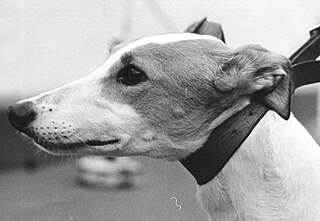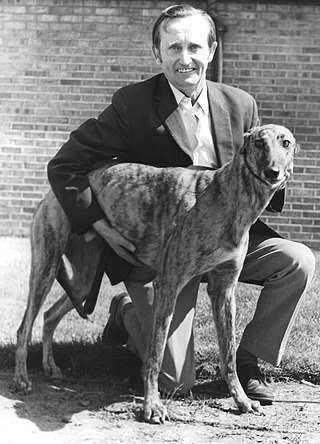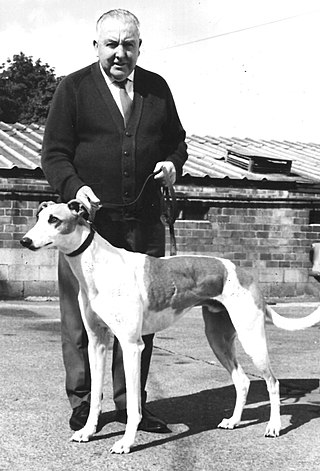Related Research Articles

Greyhound racing is an organized, competitive sport in which greyhounds are raced around a track. There are two forms of greyhound racing, track racing and coursing; the latter is now banned in most countries. Track racing uses an artificial lure that travels ahead of the greyhounds on a rail until the greyhounds cross the finish line. As with horse racing, greyhound races often allow the public to bet on the outcome.

Wimbledon Stadium, also known as Wimbledon Greyhound Stadium, was a greyhound racing track located in Wimbledon in southwest London, England.

Belle Vue Stadium was a greyhound racing track in Belle Vue, Manchester, England, where the first race around an oval track in Britain was held on 24 July 1926. It has also been used for motorcycle speedway, as the home ground of Elite League team Belle Vue Aces from 1988 until 2015, and from 1999 until 2019 for stock car racing and banger racing.

Greyhound racing is a sport in the United Kingdom. The industry uses a parimutuel betting tote system with on-course and off-course betting available. Attendances have declined in recent years, mainly due to the decrease in evening fixtures with the majority of fixtures being held in the daytime.

Greyhound Racing Ireland is an Irish semi-state body charged with regulating and promoting Greyhound racing in Ireland. The organisation has been active in developing the sport in Ireland since its founding on 11 July 1958.
The National Greyhound Racing Club was an organisation that governed Greyhound racing in the United Kingdom.
The Greyhound Board of Great Britain (GBGB) is the organisation that governs licensed greyhound racing in Great Britain. It does not govern independent tracks or Northern Irish tracks and therefore has no jurisdiction over them.

Milton Keynes Greyhound Stadium was a greyhound racing and speedway stadium, in Milton Keynes located on the Groveway in Ashland.
The Doncaster Greyhound Stadium was a greyhound racing stadium in Doncaster. It was sometimes incorrectly referred to as Sprotbrough Greyhound Track due to its location near the Sprotbrough Road.
Halifax Greyhound Stadium was a greyhound racing stadium and cricket ground on the same grounds as Thrum Hall in Halifax, West Yorkshire.

Spennymoor Greyhound Stadium was a greyhound racing stadium in Spennymoor, County Durham.
The 2009 UK & Ireland Greyhound Racing Year was the 84th year of greyhound racing in the United Kingdom and Ireland.

The 1968 UK & Ireland Greyhound Racing Year was the 42nd year of greyhound racing in the United Kingdom and Ireland.

The 1972 UK & Ireland Greyhound Racing Year was the 46th year of greyhound racing in the United Kingdom and Ireland.

The 1973 UK & Ireland Greyhound Racing Year was the 47th year of greyhound racing in the United Kingdom and Ireland.
The 1974 UK & Ireland Greyhound Racing Year was the 48th year of greyhound racing in the United Kingdom and Ireland.
The 1975 UK & Ireland Greyhound Racing Year was the 49th year of greyhound racing in the United Kingdom and Ireland.

The 1976 UK & Ireland Greyhound Racing Year was the 50th year of greyhound racing in the United Kingdom and Ireland.
The 1993 UK & Ireland Greyhound Racing Year was the 67th year of greyhound racing in the United Kingdom and Ireland.
The 2020 UK & Ireland Greyhound Racing Year is the 95th year of greyhound racing in the United Kingdom and Ireland.
References
- ↑ Genders, Roy (1990). NGRC book of Greyhound Racing. Pelham Books Ltd. ISBN 0-7207-1804-X.
- 1 2 3 4 5 "About Us". Greyhound Trust.
- 1 2 "GBGB issue Trust Ultimatum". Greyhound Star. 20 April 2020.
- ↑ "Greyhound Trust press release". Greyhound Star. 14 August 2020.
- ↑ "Annual Reviews". Greyhound Trust.